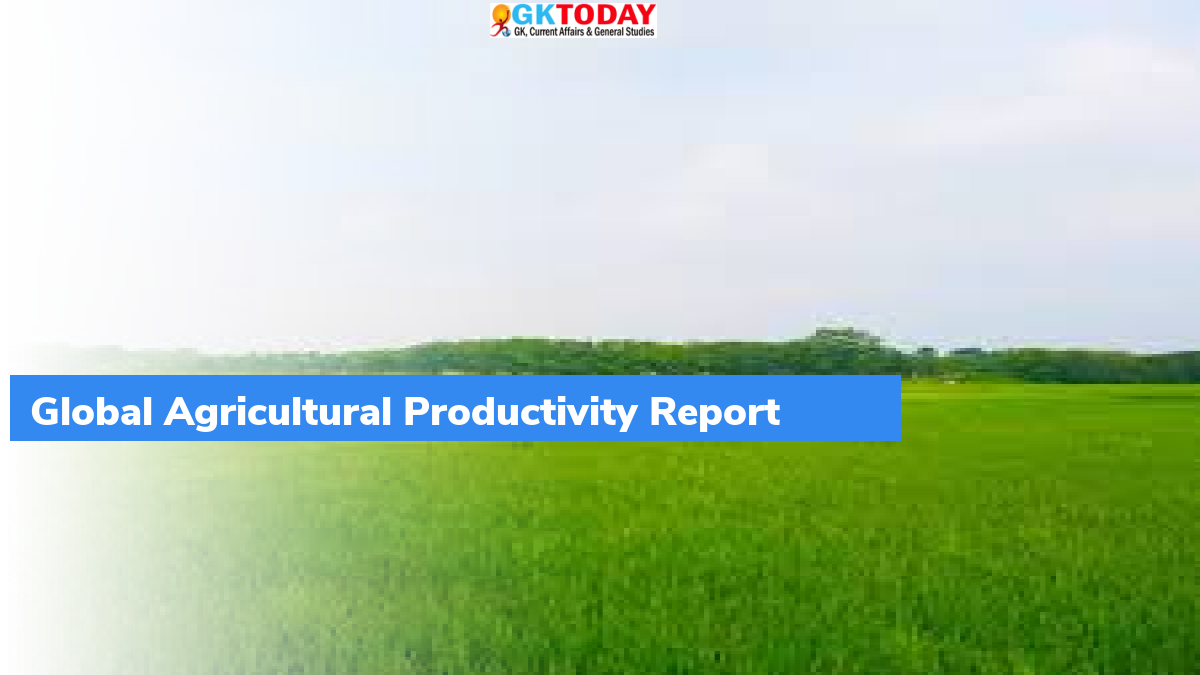Global Agricultural Productivity Report
The Global Agricultural Productivity report is published in conjunction with the World Food Prize Foundation annual conference.
Key Findings of Global Agricultural Productivity Report, 2021
- The global productivity is not growing as fast as the demand of food.
- The TFP (Total Factor Productivity) grows at 1.36% per year between 2020 and 2019.
- In drier regions such as Latin America and Africa, the climate change has slowed the productivity growth by 34%
- In high income countries such as Europe and North America the TFP growth is at the modest.
- In middle income countries such as India, Brazil and China the TFP growth rates are the highest
- In low-income countries such as those in sub–Saharan Africa, the TFP is declining by 0.31% per year
- Only 36% of the world land is used for agriculture. More forest and biodiversity areas are to be destroyed
- Around 4 million people are dying due to diet related diseases every year
- 90% of the earth soil is to be degraded by erosion by 2050
- 37% of methane emissions are released from cattle rearing
- 40% of the irrigation water is wasted due to improper irrigation
Suggestions made by the report
- Moe investment in agricultural research
- To improve transportation infrastructure
- To improve partnerships among economic growth, sustainable agriculture and improved nutrition
- To reduce food wastage and post-harvest losses
- To improve local and regional trade of agricultural goods
India
- The TFP growth in India is strong. Between 2010 and 2019, the TFP growth in India has been 2.81%.
- The report says that the mean summer temperatures of India is to increase
- The increase in global temperature and changes in rainfall patterns is to cut the yields of major food crops in India by 10% by 2035.
- There are 147 million landholdings in India. Of these 100 million are less than 2 hectares. Thus, the land area in India is highly fragmented.
What is TFP?
The Total Factor Productivity is the interaction between agricultural inputs and outputs. It is used to evaluate and monitor the agricultural sustainability. TFP is influenced by weather events, climate change, changes in fiscal policy, investments in infrastructure, market conditions and agricultural research and development.


